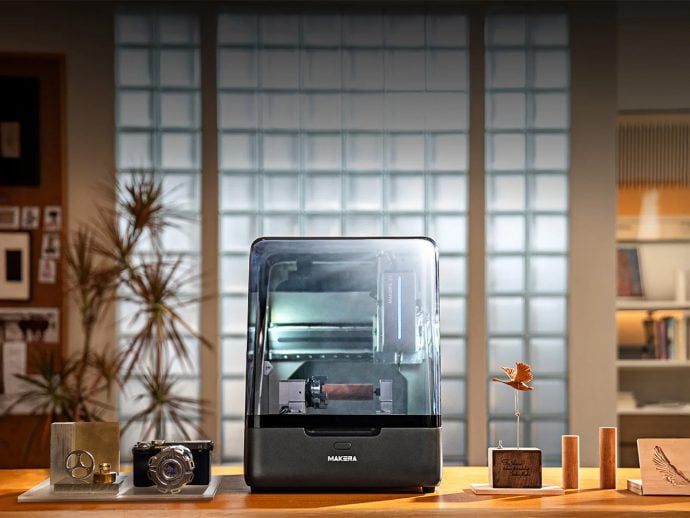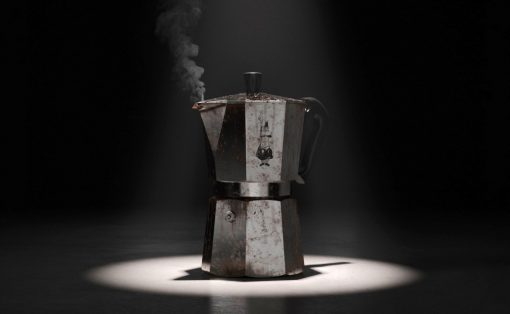
In the past two years, we’ve seen an increase in interest in things like bacteria and viruses. Of course, we’d like to learn more about something that has drastically changed our lives. We searched for articles, watched videos, and viewed TikTok and Instagram posts, all trying to understand why this virus has affected us so. If you’re more of a visual learner, seeing all the videos and sketches of the COVID-19 virus was more helpful than just reading about it.
Designer: Luke Jerram

British glass sculptor Luke Jerram has been doing a series of creations called Glass Microbiology since 2004. What he makes is not just a basic interpretation of all kinds of bacteria and viruses but an accurate representation of what they really look like. He has created everything from the swine flu, to smallpox, to ebola. And then early 2020, Duke University commissioned him to create a glass sculpture to help the public better understand the SARS-COV-2 virus by visualizing it.

Jerram chose to use glass with his microbiology series since it is transparent and also brings tension to the viewer. The creations are both beautiful but it also represents something that can destroy our bodies. To add to the realism of the sculptures, he first collects scientific diagrams as well as electron microscopic images from a special microscope. After that, he starts creating technical drawings and then enlists the help of scientific glassblowers or lampworkers.

They will then use cold borosilicate glass to create the glass sculptures, melting it over the flame and then stretching and shaping it according to the technical drawings. This is the same material that is used for material test tubes. It doesn’t really follow the same procedure as traditional glassblowing because that uses molten glass for its first step. The latest sculpture that Jerram created was a little more positive, so to speak: he created a glass sculpture of the Oxford-AstraZeneca vaccine.

Jerram has previously created moon sculptures which are also more scientifically accurate rather than the “romanticized” versions that we see in art. He also had a “Play me, I’m Yours” initiative that brought more than 2,000 pianos to various public places around the world.









